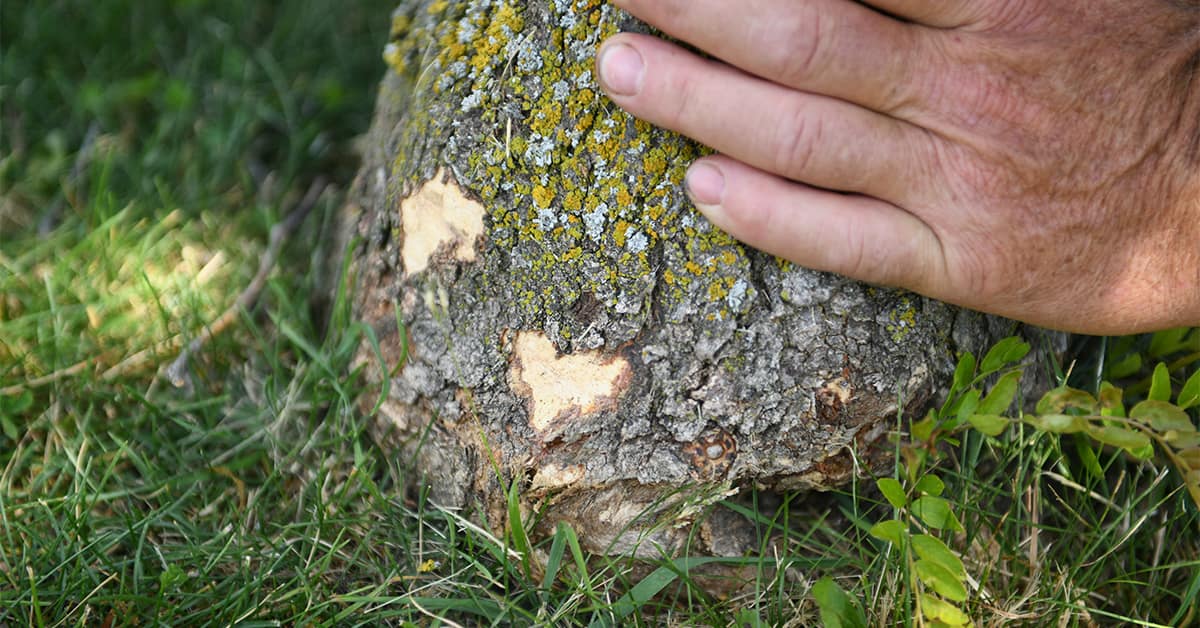;
;
;

Volunteers with Trees for Woolwich are trying to raise awareness that many trees in the township are being harmed or killed due to improper string trimming. Trees for Woolwich, a group of professionals and volunteers who work to increase tree cover in the municipality, submitted a report to the town
Last updated on May 03, 23
Posted on Jun 30, 22
3 min read
